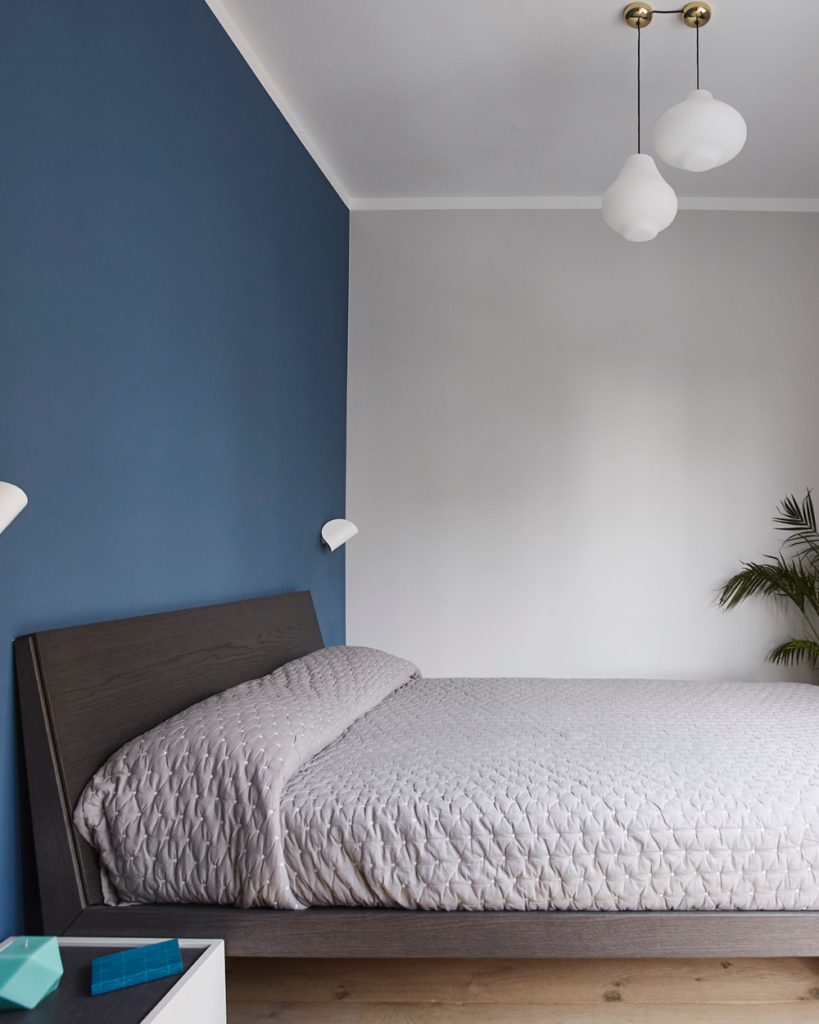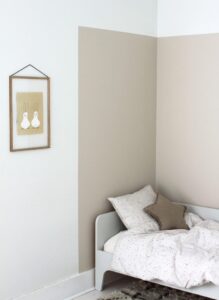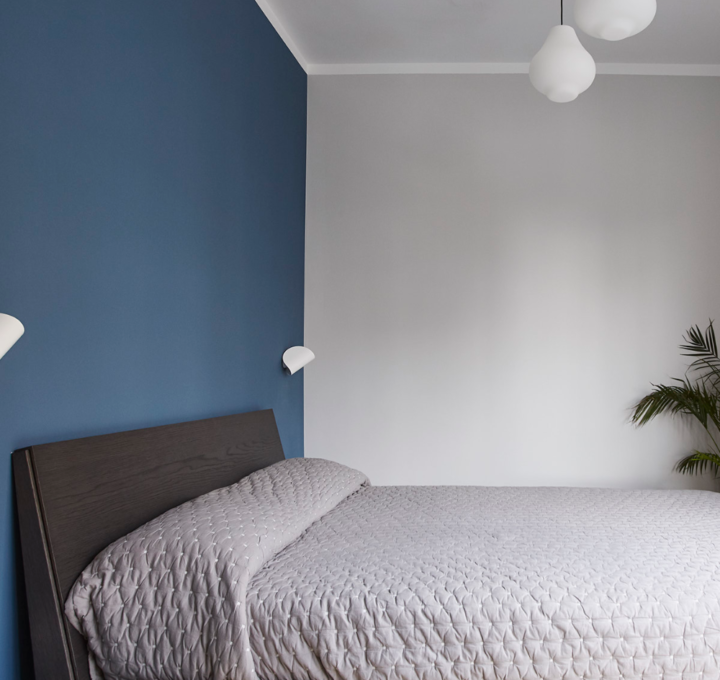
The key is patience. This part of the process takes time. It’s worth every painstaking second to get this right, so bear with me and don’t say I didn’t warn you.
– Take a full assessment of the room and determine how much the light affects the space throughout the day. The questions you should be asking yourself are: Do you live in a more cave-like home or do you reside in a big glass box? Simply put, how much light does your space get? Where does the sun rise and set? What is the quality of light? For example, do you get heavy morning sun, but no sun by midday? Or are you flooded with natural light all day and need to tone it down a bit?

– Consider your surroundings, both inside and out. Take note of the floors, countertops, and built-in fixtures inside the space. When you look outside, what do you see? Are you surrounded by greenery or a cityscape? These existing elements will reflect their color against your paint selections -especially white paint– and can affect the shade drastically.
– Play with sheens, Fact 1: The more luster a paint has, the lighter it will look and the more wall blemishes and defects the paint will reflect. If shiny is your vibe, then you have to get your surface smooth and clear. This is a laborious process: you should be sure every inch of whatever you are painting- be it walls, trim, ceilings, or furniture- is thoroughly prepped and ready for shine.
– Once you narrow your selection paint large samples (at least 24 × 24 inches) on the walls you want to cover. Alternatively, use my method: Paint a few sample boards in different colors and scatter them around a room.
– Live with those samples for a couple of days and watch how they change throughout the day and into the night. If you’ve painted sample boards, you can continuously move them around. Until you pay attention, you may not realize how the light will change in your home. You want to eliminate the possibility of choosing a color that you love in the morning but end up hating in the evening.
– This goes without saying, but don’t forget to consider the tones of the room’s furniture and decor. Choose a paint that complements your color palette. Pull out fabric swatches and compare them to the paint in the room to see if all the tones work together.
Courtesy : MADE FOR LIVING by Amber Lewis





